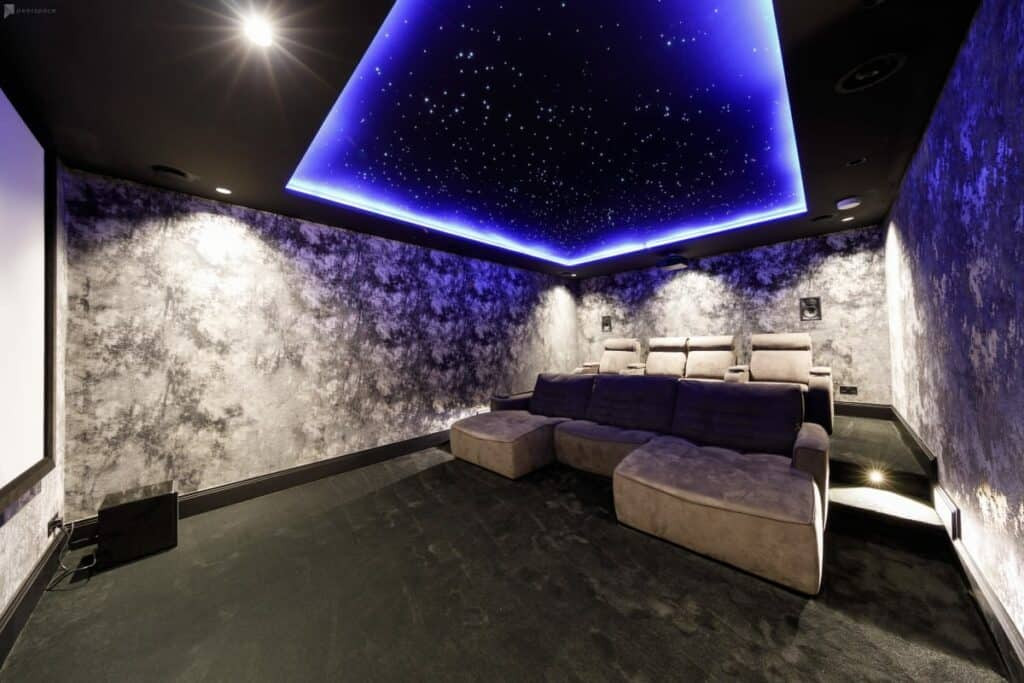It wasn’t an overnight sensation when the world transitioned from monochrome to vibrant hues in photography. For the average person capturing everyday moments like birthdays and vacations, color photography didn’t truly become commonplace until the 1960s and 1970s.
Two primary factors contributed to this gradual shift. Firstly, early color photography struggled to produce reliable results in indoor lighting conditions. Secondly, and perhaps more significantly for many, was the matter of cost. Color film, with its more complex manufacturing process, simply carried a higher price tag compared to its black and white counterpart.
Even for artistic purists like the renowned landscape photographer Ansel Adams, color photography presented limitations. Adams, dedicated to technical precision, predominantly worked in monochrome, finding color processes of the time lacking in control and nuance. He famously likened the experience of working in color to “playing an out-of-tune piano,” highlighting the technical challenges and limitations he perceived.
 Ansel Adams in Yosemite
Ansel Adams in Yosemite
Kodak’s “Shirley Card” Issue: A Stain on Color Development
Before delving further into the timeline, it’s crucial to address a significant and problematic aspect of color photography’s history, particularly concerning Kodak. As the dominant force in consumer photography until the 1970s, Kodak inadvertently perpetuated a bias within the industry. Anyone examining photos from this era featuring individuals with medium to dark complexions might notice a recurring issue: underexposure, often obscuring facial details.
This flaw stemmed from Kodak’s calibration practices for photo development machines. Technicians relied on “Shirley cards”—standardized reference images provided by Kodak—to adjust machine settings. The glaring issue was that these Shirley cards exclusively featured fair-skinned models.
Consequently, well-intentioned photo lab technicians would meticulously calibrate their equipment using these cards, ensuring the fair skin tones appeared correctly. However, this calibration inherently skewed results for photographs with darker skin tones, leading to underexposed images where darker features were lost in shadow. This oversight, though perhaps unintentional, had a discriminatory impact on how people of color were represented in early color photography.
 Kodak's shameful past and Shirley card issue
Kodak's shameful past and Shirley card issue
Color Movies: Stepping Beyond the Black and White Era
Many associate the iconic moment in The Wizard of Oz when Dorothy steps into the vibrant Land of Oz as the dawn of color cinema. However, the history of color in movies stretches back further than that cinematic landmark.
To truly understand when color photography, and by extension color movies, became common, we need to differentiate between true color and colorized films. Even before The Wizard of Oz, filmmakers were experimenting with color.
As early as 1903, the French film Vie et la passion de Jésus Christ employed hand-coloring techniques after filming. This painstaking process involved artists manually adding color to individual frames, primarily to emphasize key elements within the scene and enhance visual storytelling.
The first feature-length American film captured using a color process, specifically Technicolor, was 1917’s The Gulf Between. However, this early foray into Technicolor was fraught with technical difficulties and ultimately proved a commercial disappointment. It was far from the revolutionary breakthrough its creators envisioned for ushering in a colorful cinematic world.
 Early color movies and home theaters
Early color movies and home theaters
Kinemacolor and Technicolor: The Pioneers of Color Processes
The initial advancements in bringing color to the moving image came through processes like Kinemacolor and Technicolor. Kinemacolor, invented in 1906 and popular until around 1915, utilized an additive color process. This meant that the film itself was initially black and white, and color was added later, during projection.
Technicolor, established in 1915, emerged as the true game-changer. Technicolor underwent numerous refinements and iterations since its inception. Early Technicolor filmmaking demanded specialized, cumbersome cameras, intensely bright lighting, and strict adherence to the company’s technical guidelines. However, by 1954, Technicolor had developed a more reliable and less cumbersome process. This advancement, coupled with the growing pressure to compete with the burgeoning home entertainment market of television, propelled color to become the industry standard in filmmaking.
 Technicolor and Kinemacolor advancements
Technicolor and Kinemacolor advancements
The Enduring Appeal of Black and White and the Rise of Color TV
While color films became overwhelmingly dominant from the late 1950s onwards, black and white cinematography has not vanished entirely. Notable examples like 1974’s Young Frankenstein, the 2011 silent film homage The Artist, and even a monochrome re-release of the 2019 Best Picture winner Parasite demonstrate the enduring artistic choice of black and white. Screenrant even noted that the black and white version of Parasite offered a “totally different movie-watching experience,” highlighting the distinct aesthetic impact of monochrome.
However, if reliable color film technology existed from the blockbuster era of the 1930s, why did popular television shows like The Twilight Zone and What’s My Line remain in black and white well into the late 1960s? The answer, mirroring the situation with home photography, boils down to cost. Producing every television program in color film was simply beyond the budgets of most studios.
Furthermore, in the early days of television, the vast majority of American households possessed TV sets capable of displaying only black and white images. This created a classic “chicken and egg” scenario. Which would come first: color programming or widespread adoption of color TVs?
History reveals that television networks ultimately drove the transition. Networks began competing aggressively to offer more color programming, recognizing it as a key differentiator to attract viewers and advertisers. This competitive push incentivized consumers to purchase color television sets, completing the cycle and solidifying color as the standard for both broadcast and home viewing.
